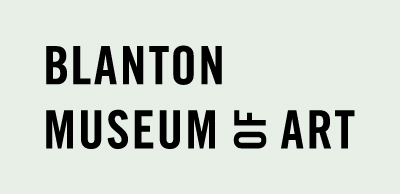A Paper Menagerie from the Dutch Republic
Saturday, November 28, 2009 - Sunday, March 7, 2010
Animals are well represented in the art of many cultures, often as religious symbols or secular allegories. In Europe this genre was especially popular and distinctive in the Netherlands of the 1600s. During this period the Dutch Republic gained its independence from Spain, and the Protestant Reformation suppressed the Catholic Church and its patronage of the arts. In the absence of a traditional aristocracy and clergy, a strong merchant class came to power, shifting taste in subjects and styles to reflect its own interests—both intellectual and financial— in the material world.
In Christian tradition an ox is often depicted in scenes of the nativity. Its function as a sacrifice in the Old Testament is meant to signal Christ as a sacrifice for the redemption of humanity. In the hands of Dutch artist Paulus Potter (1625‐1654), however, a portrait of a bull served to extol the virtues of careful breeding. Similarly, an image of sheep in a pasture portrayed a commodity as much as it did a
symbol of salvation.
The prints on display here illustrate the characteristic sympathy with which Dutch artists regarded their four‐legged counterparts. The early religious works give way to an anthropomorphizing trend that celebrates the dancing dog and laments the starving cur. Benedict Spinoza (1627–1677), a philosopher born in Amsterdam, derided his countrymen’s sentimentality, writing: “The law against killing animals is
based more on empty superstitions and unmanly compassion than sound reason” (Ethics, chapter 4). Spinoza’s claim challenges the Christian doctrine that places man in dominion over animals and suggests a similarity between the seventeenth century Dutch view of animals and our twenty‐first century concern with their ethical treatment.
In Christian tradition an ox is often depicted in scenes of the nativity. Its function as a sacrifice in the Old Testament is meant to signal Christ as a sacrifice for the redemption of humanity. In the hands of Dutch artist Paulus Potter (1625‐1654), however, a portrait of a bull served to extol the virtues of careful breeding. Similarly, an image of sheep in a pasture portrayed a commodity as much as it did a
symbol of salvation.
The prints on display here illustrate the characteristic sympathy with which Dutch artists regarded their four‐legged counterparts. The early religious works give way to an anthropomorphizing trend that celebrates the dancing dog and laments the starving cur. Benedict Spinoza (1627–1677), a philosopher born in Amsterdam, derided his countrymen’s sentimentality, writing: “The law against killing animals is
based more on empty superstitions and unmanly compassion than sound reason” (Ethics, chapter 4). Spinoza’s claim challenges the Christian doctrine that places man in dominion over animals and suggests a similarity between the seventeenth century Dutch view of animals and our twenty‐first century concern with their ethical treatment.

